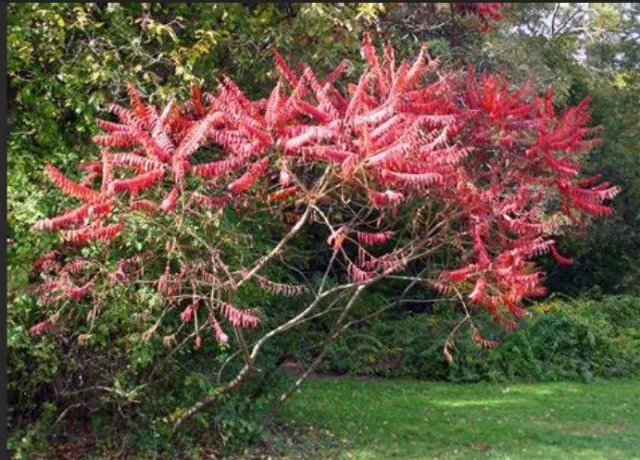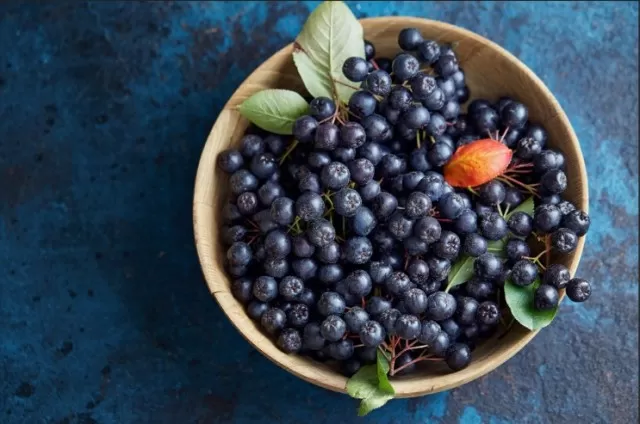10 Plants to Feed Birds in Fall and Winter (Part 1). Transforming your garden into a haven for hungry sparrows and robins throughout the winter season is not only a rewarding endeavor but also a way to contribute to local wildlife conservation. Remember to maintain a clean and hygienic feeding environment to prevent the spread of diseases. Additionally, providing fresh water year-round is essential for birds’ survival, as access to Clean Water can be scarce during winter freezes.
By carefully selecting and nurturing these plants in your garden, you can create a welcoming habitat that not only supports sparrows and robins but also adds beauty and vitality to your outdoor space throughout the winter season.
Extend a Helping Hand to Winter Birds

As the temperature drops and the chill of winter sets in, some of our avian friends embark on long journeys south in search of warmer climates and ample food.
However, there are those resilient birds that remain, well-equipped for the challenges of finding sustenance and shelter amidst the wintry landscape. Yet, even for these hardy souls, surviving the cold months can be a formidable task, especially as natural habitats continue to diminish.
This is where you can step in and make a difference in the lives of our feathered companions.
One way to support winter birds is by carefully selecting plants for your yard that provide both food and shelter.
These become vital resources when the landscape turns stark, dark, and frigid. Additionally, consider a more relaxed approach to fall cleanup in your garden.
Those dried-up seed heads and spent flowers can serve as a vital food source for birds during lean times.
And don’t forget to keep your Bird feeder stocked.
As summer’s bounty of insects dwindles, providing a reliable source of seeds and nourishment becomes crucial for our feathered friends. Regularly filling up your bird feeder can make all the difference in helping them get through the harsh winter months.
By taking these simple steps, you can contribute to the well-being of local bird populations, offering them a lifeline during the challenging winter season.
It’s a small act of kindness that can have a significant impact on the survival and vitality of these remarkable creatures.
Bayberry Bushes: A Winter Feast for Feathered Friends
As the temperatures drop and insects become scarce, birds that typically rely on insects for sustenance must seek alternative sources of food to endure the winter months.
This is where berries step in as a vital component of their winter diet. Among the many berry-bearing plants, bayberry bushes stand out, offering a bountiful supply of hard, red berries that become a winter feast for various bird species, including swallows, warblers, and woodpeckers.
What makes bayberry bushes even more appealing is the striking contrast they create against a snowy landscape.
The bright red berries, set against a white backdrop, not only provide essential nourishment for our feathered friends but also add a touch of natural beauty to the winter scenery.
By incorporating bayberry bushes into your landscaping, you’re not only providing essential sustenance for winter birds but also contributing to the visual charm of your outdoor space.
It’s a win-win scenario, where both you and the local avian inhabitants can enjoy the benefits of these remarkable berry-producing plants.
Staghorn Sumac: A Year-Round Blessing for Birds and Beneficial Insects

When crafting a bird-friendly landscape, it’s crucial to select plants that continue to provide nourishment even in the chilliest of winter months.
Staghorn sumac is a splendid choice in this regard. Throughout the winter, this remarkable tree retains its clusters of berries, which serve as a valuable calorie source for birds.
But the benefits of staghorn sumac extend beyond the winter season.
In the summer, its vibrant and eye-catching flowers become a magnet for a diverse array of beneficial insects. These insects not only contribute to the ecological balance of your garden but also offer an additional food source for birds during the warmer months.
Incorporating staghorn sumac into your landscaping not only ensures year-round sustenance for your feathered visitors but also promotes a thriving and diverse ecosystem within your outdoor space.
It’s a strategic choice that brings vitality to your garden, making it a welcoming haven for both birds and the insects they rely on.
Winterberry Holly: A Vibrant Winter Oasis for Birds and Humans Alike
When it comes to winter plants that offer both visual delight and nourishment for wildlife, holly bushes stand out as an ideal choice.
Their vibrant berries bring a welcome burst of color to the otherwise drab winter landscape, creating a striking contrast against the backdrop of snow. Among holly varieties, the winterberry stands apart.
What sets winterberry apart is its unique feature: it sheds its glossy leaves in winter, leaving behind a beautiful display of vivid berries.
This characteristic ensures that the berries take center stage in the winter garden. The colorful array of berries, set against the intricate and delicate tracery of branches, is a sight that appeals to both human admirers and a variety of bird species.
For many birds, winterberry holly is an irresistible attraction.
The berries provide a crucial source of sustenance during the harsh winter months, making your garden a haven for local avian inhabitants.
By incorporating winterberry holly into your landscaping, you not only enhance the aesthetic appeal of your outdoor space but also offer essential nourishment to the wildlife that calls it home.
It’s a choice that brings joy to both birdwatchers and nature enthusiasts, creating a harmonious and thriving ecosystem in your very own backyard.
Chokeberry: A Winter Feast for Birds and the Hardy Gardener

As winter sets in, berries undergo a transformation, softening and becoming more inviting to birds and other wildlife.
Among these winter culinary delights, chokeberry stands out as a choice food source for a variety of overwintering birds, including crows, finches, and thrushes.
Chokeberry bushes offer both practicality and beauty to your landscape.
They are hardy and relatively low-maintenance, making them an excellent addition to any garden. While the berries themselves are unpalatable when consumed raw by humans, they can be used to create delicious jams and preserves.
However, it’s crucial to keep the needs of our feathered friends in mind.
If you decide to harvest chokeberries for culinary purposes, remember to leave plenty behind for the birds. Alternatively, consider planting additional chokeberry bushes to ensure an ample supply of berries for both you and the local wildlife.
Incorporating chokeberry into your garden not only provides a winter feast for your avian neighbors but also adds visual interest and resilience to your outdoor space.
It’s a win-win situation, where you can enjoy the beauty of the berries and contribute to the well-being of your garden’s wildlife community.
*The information is for reference only.